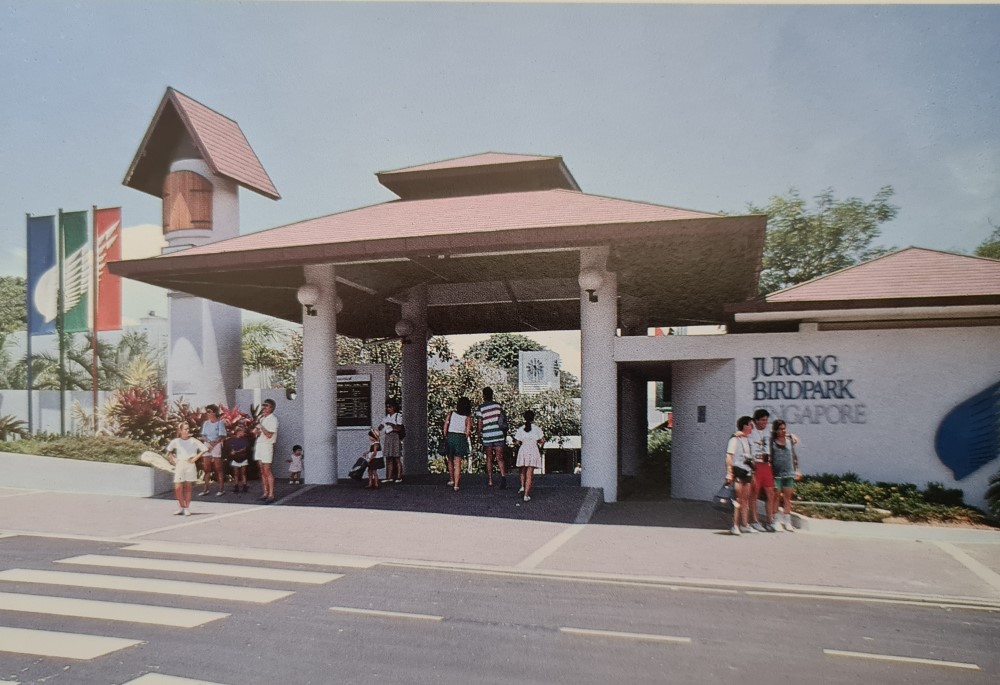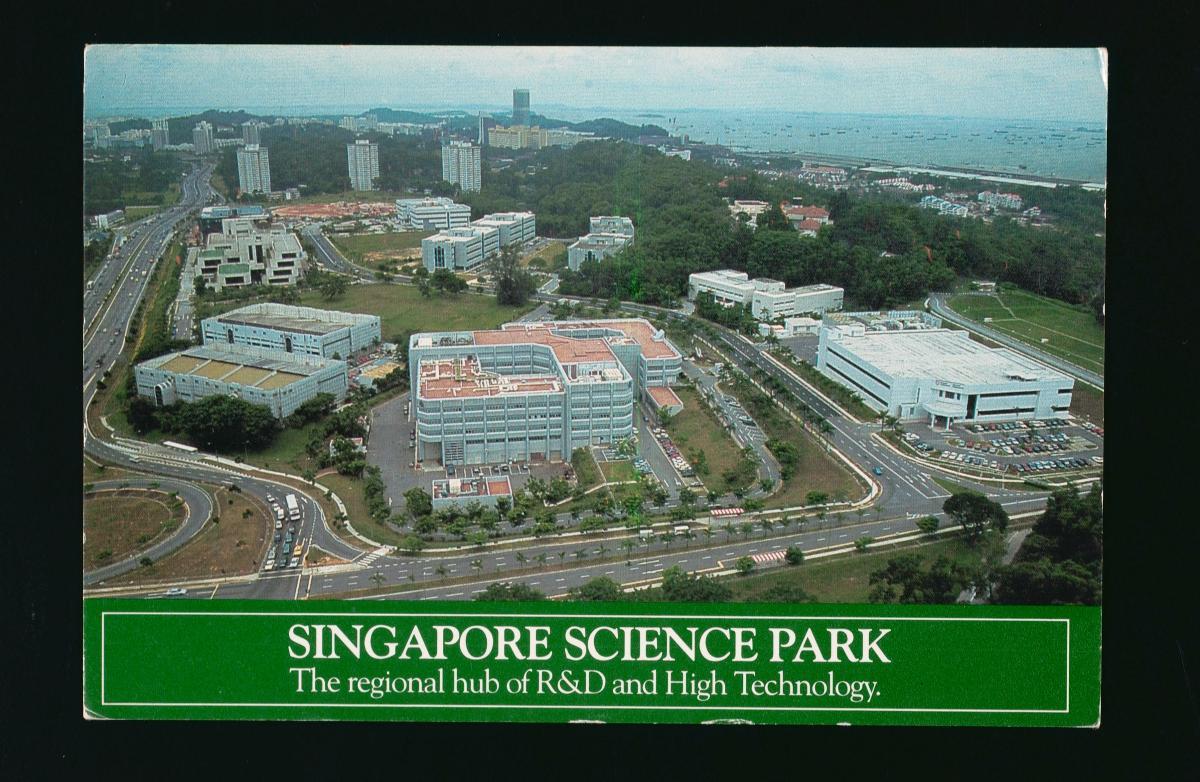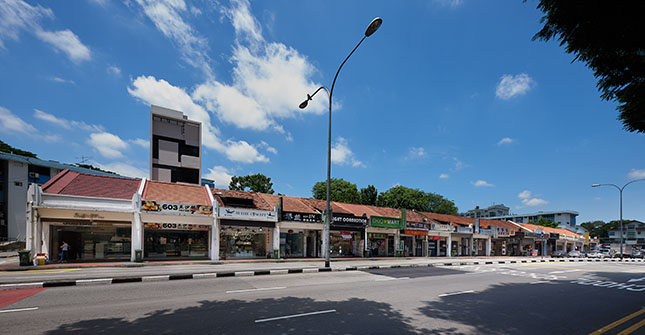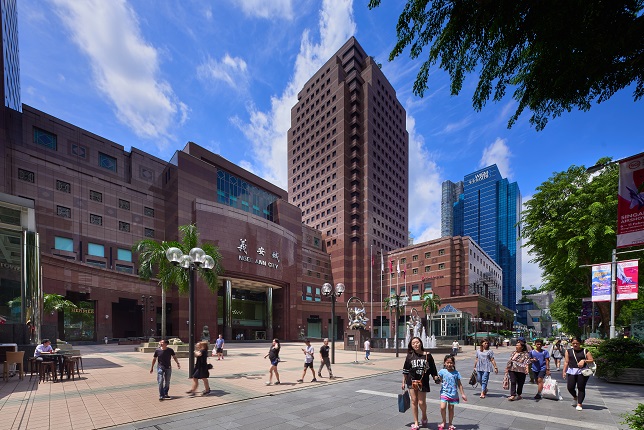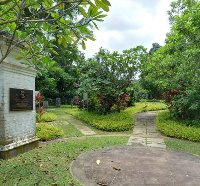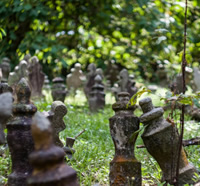Teochew Memorial Park is also known as Guang De Shan or Kwong Teck Sua (广德山). The six-acre memorial park is tucked between Yishun Columbarium and Chong Pang Combined Temple.
A place of significance for the Teochew community
In the 1950s, the Singapore government acquired various Teochew cemeteries for redevelopment. This includes several burial lands such as Guan En Shan (广恩山) in Thomson, Guang Xiao Shan (广孝山) in Upper Bukit Timah, Guang Shou Shan (广寿山) in Clementi, and more.
These burial lands were all owned by the Ngee Ann Kongsi (义安公司), a non-profit Teochew philanthropic organisation. To house the unclaimed remains from about 34,000 burials from the exhumed Teochew cemeteries, Ngee Ann Kongsi established the Teochew Memorial Park in the 1950s.
Architecture and features
The late local pioneer architect Ng Keng Siang designed the Teochew Memorial Park and obelisk.
At the gateway, an arch reads xin jia po chao chou gong mu “新加坡潮州公墓”, which translates to “Singapore Teochew Cemetery. The Chinese characters are written from right to left. At the back, an engraving of four Chinese characters that read “追思先人” reminds visitors to remember the contribution of pioneers.
After a flight of steps, visitors would find a two-storey obelisk that was erected in 1962. The same characters found at the front of the gateway are engraved on the obelisk, but written vertically from top to bottom.
The tower is adorned with a distinctively Chinese-style roof atop a mosaic tile cladded base structure that commemorates Teochew pioneers and the early Teochew migrants who came to Singapore in the 1800s and 1900s.
Prayer ceremonies and rites
The Ngee Ann Kongsi, along with other Teochew organisations like Poit Ip Huay Kuan (八邑会馆), conducts prayer ceremonies and rites at the Teochew Memorial Park to pay respects to Teochew pioneers. The park is typically closed to the public—it is only open during Ching Ming or Tomb Sweeping Day (清明节), Hungry Ghost Festival (中元节) and Winter Solstice (冬至).
Buildings and sites featured on Roots.SG are part of our efforts to raise awareness of our heritage; a listing on Roots.SG does not imply any form of preservation or conservation status, unless it is mentioned in the article. The information in this article is valid as of April 2021 and is not intended to be an exhaustive history of the site/building.








